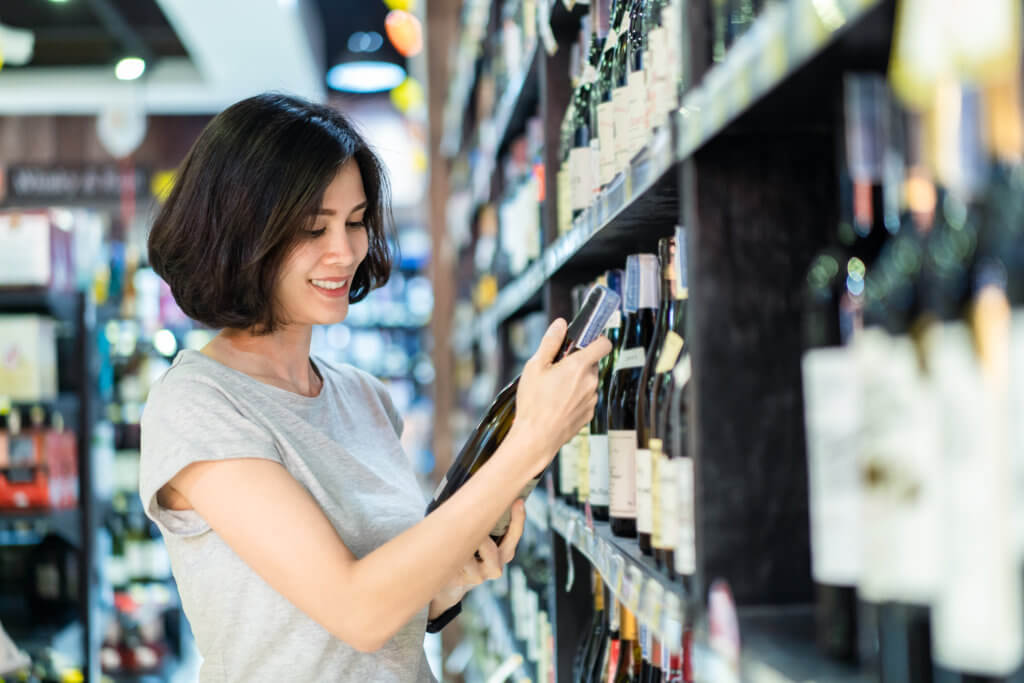Shelf appeal is a very significant factor to consider when trying to maintain a competitive position in the retail sector. Your brand will be more likely to be spotted on the shelf in comparison to your competitors if the product labelling features an eye-catching and appealing design. This will have a direct impact on your sales and revenue.
Because of the intense competition that exists in the food and beverage sector, having labels that are professionally designed and printed is essential to the success of marketing your brand and company.
The packaging and labelling of your product are essential components of its marketing strategy. There are quite a few different ways the product packaging can be used to help enhance sales!
Customers are more likely to buy a product from a company that has taken the time to build an appealing package label for it. When it comes to design, the colour and shape of your product label are two of the most important considerations.
The hues that are used on the label are extremely important for attracting the attention of potential customers. It is crucial to make certain that your design fits well with your branding and that it matches your goods.
There is a hidden meaning associated with each colour!
The colour that you decide to use for your product can have a significant influence on how visible it is on the shelf, it can evoke a response from potential customers, and it can be the deciding factor in whether or not they buy your product.
Wholesalers and end-users may be more likely to choose your product over others if its packaging is designed to complement the environment in which it will be displayed as well as the manner in which it will be presented to customers. Does it occupy a prominent position on the shelf? Is it compatible with the retail shelving of the kind that it will be stored on? Will the final consumer have an easy time opening and using the packaging?
When it comes to the packing of your goods, there are a lot of factors to think about.
The distinctive qualities of the product are communicated effectively via carefully crafted packaging. Displaying the benefits of a product, particularly if they differ from those offered by competitors, can create a positive first impression, which can ultimately contribute to an increase in sales.
The majority of the time, the product’s labelling and packaging has become synonymous with the product itself, which makes it easier for customers to recognise them.
For instance, the bottle of Coca-Cola, the packet of Nescafe coffee, and the packaging of a number of other items have become so identifiable that consumers can identify them in an instant.
The final consumer will be able to immediately and easily recognise the product as being what they require or desire if the labelling displays items like the product logo, as well as directions on its usage and disposal, among other things.
Numerous studies have been carried out in order to gain an understanding of customer behaviours in relation to the packaging of a product.
According to a number of studies, the presence of marketing cues on product packaging has the potential to improve purchasers’ perceptions of the product. For instance, researchers found that participants’ brain activity was significantly higher when the packaging was beautiful and made them think, as opposed to bland and uninspiring.

After learning about the myriad ways in which packaging may be utilised, the influence it has on customers, and the significance it plays in the retail industry, it is necessary to understand how to choose the appropriate packaging for a product.
The right product packaging and labelling make it more appealing to consumers, which in turn leads to a rise in product sales. In fact, label design is an essential component of the overall product development process on its own.
A study carried out by McKinsey revealed that the average amount of time spent by a customer looking for a certain kind of product on a shelf is 20 seconds. The design of the packaging is extremely important because there are only 20 seconds available to grab the attention of a potential consumer.
So, what does all this tell us? Labels are a direct contribution to establishing a wonderful first impression and have the ability to instil trust in the buyer. The decision of the buyer to buy the product is affected by the packaging, which in turn leads to an increase in sales.
It sounds like common sense, doesn’t it? In a retail sector that is highly competitive, having a product that is both physically pleasing and nicely packaged can immediately enhance sales!